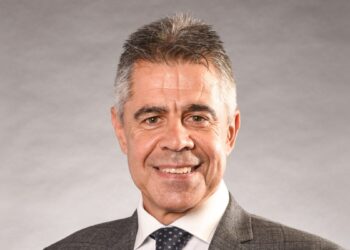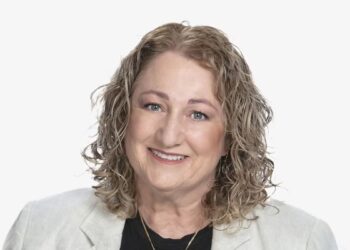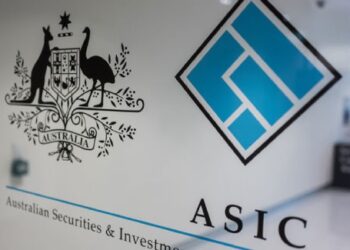Speaking at the SMSF Association state technical conference, AMP SMSF head of technical services Phil La Greca said while the decision by SMSF practitioners and their clients to segregate the assets in an SMSF into pension and accumulation mode may be driven by a tax perspective, there are a range of important issues to consider.
Mr La Greca explained bank accounts are the major issue around segregating an SMSF into pension and accumulation pools.
“If you have one account, you’ve got to be able to keep track of everything because every dollar of earnings from every asset will come into that one bank account,” he said.
“So when I buy something from the cash in that account, am I using the right amount of cash from the right side of the SMSF?”
Having two separate bank accounts, he said, can also become problematic.
“If there are two accounts, how do you direct the right income to the right bank account?” he said.
“If it’s an asset like property then it’s easy, but what happens with a share portfolio when part of it is on the pension side and some of it is on the accumulation side?”
Mr La Greca said given that dividends are paid to bank accounts, the SMSF trustee may have to provide the share registry with two accounts which may mean two different broking accounts are required for shares from the same company.
Franking credits, he said, are another issue to consider.
“If you have some shares with franking credits on one side of the fund, then those credits will go to that side of the fund as far as the crediting to the member balance side goes, but who owns the expenses? Are they fund expenses?” he said.
Creating two separate pools, Mr La Greca said, also means each side needs to generate its own cash flow.
“I can’t use the cash that sits in the part that’s supporting the accumulation account to pay the pensions,” he said.
“The pension payments have to come from those assets that provide the pension, otherwise that means I need to start shuffling assets.”
Mr La Greca also reminded SMSF practitioners that while capital gains aren’t taxable on the pension side; this also means capital losses will be lost.
“There will be no lead to carry them forward because they can no longer be used against other segregated assets that have capital gains on them anyway, so you effectively lose those losses,” he said.



And the point of all this is? Another scare campaign? Oh, silly me, of course I know what it is all about. We at AMP are much better equipped to do this so wind up your SMSF, roll it into the AMP and (as Mr Symond says) we’ll look after you. It’s as if accountants have been asleep and just woken up to these issues.